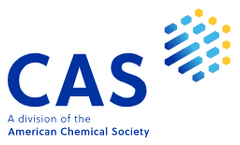Blood Coagulation Articles & Analysis
5 articles found
l Short-term contact between medical devices and the human body can produce toxicity, irritation and local inflammation in cells and the whole body;l Long-term contact of medical devices with the human body may have mutagenic, teratogenic and carcinogenic effects;l Contact between medical devices and blood may cause abnormal coagulation function and hemolysis. ...
Common side effects that Verzenio may cause include diarrhea, neutropenia, nausea, abdominal pain, infection, fatigue, decreased red blood cell levels (anemia), loss of appetite, vomiting, headache. Serious side effects include diarrhea, neutropenia, liver Examination of blood and coagulation (deep vein thrombosis / pulmonary embolism). ...
Almost immediately, the dermal matrix fills with haemoserous fluid and then undergoes cellular migration with new blood vessel formation and collagen production (i.e., integration) over time. Through this process, the wound commonly changes appearance from a dark red (ingress of coagulated blood) to a brighter red (populated with adipocytes, ...
Lipopolysaccharide is a virulence factor produced by bacteria, which often triggers systemic inflammation through the body's circulation; recently, in a study published in Journal of the American Heart Association entitled "Genetic Profile of Endotoxemia Reveals an Association With Thromboembolism and Stroke," scientists from the University of Helsinki in Finland discovered a genetic marker ...
Today, there are only a few therapies approved to treat COVID-19, but while novel therapies can take decades and billions of dollars to develop, are there opportunities to repurpose existing drugs for new therapies? Our latest whitepaper showcases how CAS Knowledge Graphs reveal new connections and insights that identify drugs to potentially repurpose. Drug repurposing is critical for faster ...





